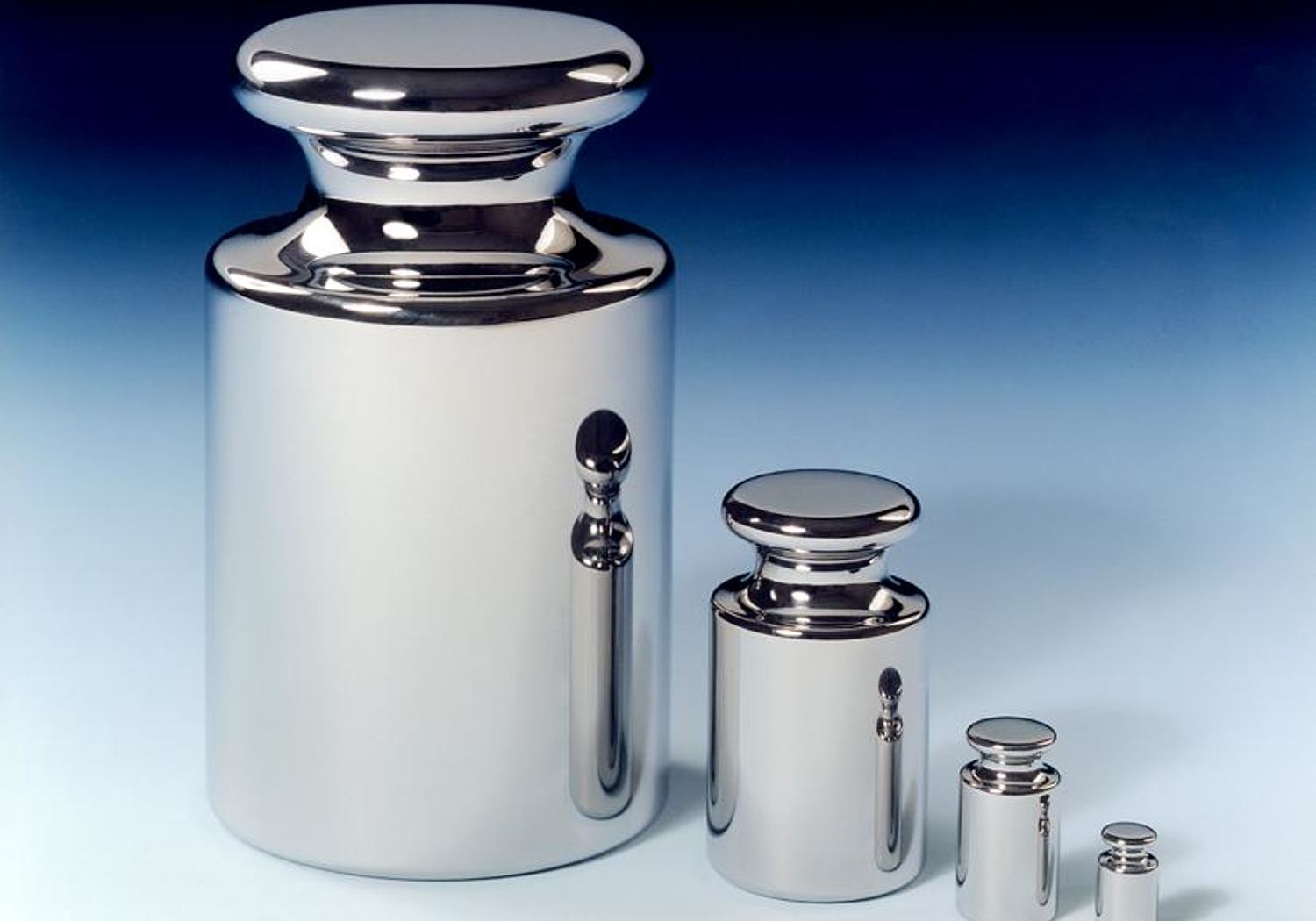Developing a practical means of disseminating the new kilogram
Short Name: NewKILO, Project Number: SIB05
Practical kilogram traceability for industry and research
The experimental realisation of the redefined kilogram will occur in vacuum and therefore requires the transfer of ‘primary’ kilogram standards from vacuum to air in order to provide traceability for end users. This creates additional sources of error, such as the sorption of surface contamination and water layers, to already complex measurement procedures.
The EMRP project Developing a practical means of disseminating the redefined kilogram (NewKILO) developed new highly accurate mass standards, new methods to clean and monitor them, and procedures and equipment to transfer the mass standards between vacuum and air. The results of this project will help ensure the redefinition delivers benefit to the end user community.
The project:
- Evaluated candidate metals and alloys for next-generation primary mass standards and recommended tungsten for use. New 100 g, 500 g and 1 kg mass standards of tungsten were supplied from the project partners to the BIPM for use in their realisation experiment.
- Developed techniques and equipment for transferring mass standards between in-vacuum and in air conditions. This enables the new kilogram, realised in a vacuum, to be reliably transferred to practical mass standards used in air.
- Developed methods for storage, transport and cleaning of primary mass standards to ensure their stability over time. This will ensure that a consistent global mass scale can be effectively maintained and disseminated after the redefinition and that the new realisation experiments can be compared and validated against each other and against the International Prototype Kilogram.
- Conducted rigorous uncertainty analysis on the processes that will be involved in the maintenance and dissemination of the redefined kilogram (and for smaller and large masses) to ensure robust uncertainty values can be assigned throughout the mass traceability chain.
The project has developed the procedures, equipment and skills that will ensure that mass scales based on the new SI kilogram can be reliably disseminated from NMIs to end-users via a robust calibration chain. This is essential to the implementation of the new kilogram and ensures that users with exacting accuracy requirements, from ac curate micro-gram drug delivery or multi-tonne weighing of structures, can benefit from the improved mass scale.
Proceedings of IMEKO TC3
REVIEW OF SCIENTIFIC INSTRUMENTS 85, 045111 (2014)
New SI, kilogram, Avogadro project, Si
IMEKO 22nd TC3, 12th TC5 and 3rd TC22 International Conferences
Metrologia
Metrologia
Shaping the future by engineering : 58th IWK, Ilmenau Scientific Colloquium, Technische Universität Ilmenau, 8 - 12 September 2014 ; proceedings / ilmedia
Proceedings of the Joint IMEKO International TC3, TC5 and TC22 Conference 2014.
Metrologia
Int J Thermophys
Metrologia
Metrologia
Precision Electromagnetic Measurements (CPEM), 2012 Conference on 1-6 July 2012
Review of Scientific Instruments
